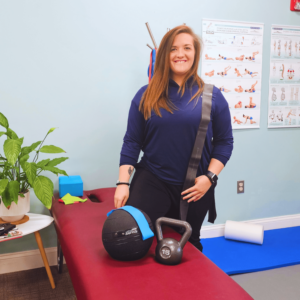What is Sciatica?
The sciatic nerve that begins in the lower spine, and extends into the buttocks and down the back of the leg to the foot. It is a large nerve, about the diameter of your index finger. Sciatica can cause severe, debilitating pain, sometimes with numbness or weakness in the leg and foot muscles, and it can interfere with standing, walking, and bending.
Common causes of sciatica pain include:
- strains and sprains of the lower back and pelvis that cause tension and inflammation around the nerve
- bulging discs in the lower back where the nerve exits the spine
- spinal stenosis or degeneration
- pregnancy , due to the increased strain on the lower back and pelvis
- injuries to the hip or knee that cause strain and inflammation on the sciatic nerve as it travels down the leg.
How can I tell if I have sciatica?
If any of the following causes sharp or tingling pain or severe tightness from your lower back down the back of your leg all the way to your foot, you may have sciatica.
- Sitting upright in a chair, extend your knee straight in front of you
- Sitting upright, with our feet on the floor, slump forward
- Laying flat on the floor, raise your leg while keeping your knee straight. Any pain below 60 degrees of flexion may indicate sciatica.
Do I need an Xray or MRI for Sciatica?
We can often rule out serious structural or nerve damage with a thorough examination, but of course will order additional scans if and when it’s appropriate.
X-rays and MRIs should be ordered only if symptoms aren’t improving after a few weeks of appropriate, conservative care and rehabilitation, or if there is increasing loss of strength, sensation, or other function in the legs and feet. Unnecessary x-rays and MRIs can show incidental findings that are not directly related to your problem, and cause unnecessary worry.
The best treatment for sciatica depends on what is causing it!
Treatment of sciatica at Frederick Chiropractic Wellness Center generally includes the following;
- Spinal adjustments to relieve inflammation and tension on the sciatic nerve at its roots
- Adjustments to the hips, knees, and feet to relieve tension on the nerve all the way along its path
- Microcurrent to reduce pain and inflammation of the joints, muscles, ligaments, and the nerves
- Stretching and strengthening of the core, back, and hip muscles to speed healing and prevent future problems
- Self-care instructions to speed healing and prevent future problems
We always provide a “whole person” approach to service that considers your unique needs and goals. Schedule an appointment to discuss the options for treatment of your sciatica discomfort.





